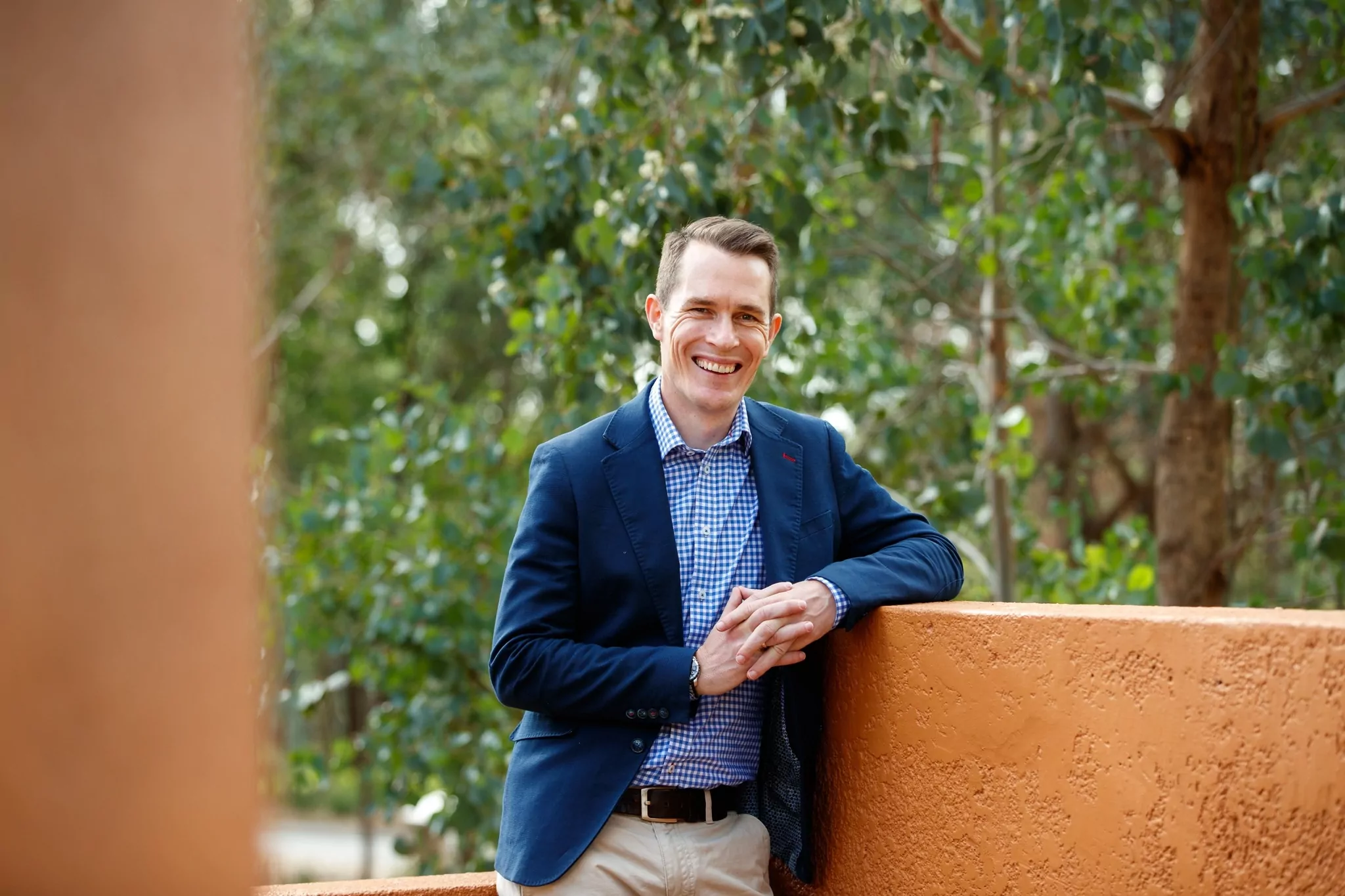The High Court has ruled that Canterbury Regional Council acted unlawfully when it granted Fulton Hogan a water-use consent for its Roydon Quarry, declaring the consent invalid under regional planning rules.
The decision, released on 1 July by Justice Fitzgerald, related to a 2022 consent allowing Fulton Hogan to use groundwater for quarry activities such as dust suppression. The consent was issued as a “use-only” permit and did not include the right to take water.
The 170ha Roydon quarry 15 km west of Christchurch was identified, by the company, as a suitable replacement for Fulton Hogan’s Pound Road quarry in 2010.
The court found that under the Canterbury Land and Water Regional Plan (LWRP), separate use-only water consents are not permitted in the Selwyn sub-region, where Roydon Quarry is located.
Justice Fitzgerald ruled the taking and use of water must be treated as a single, combined activity.
The ruling followed a judicial review brought by Save Environmentally Endangered Soil and Water Incorporated (SEESAW), a community group formed in 2024.
The group argued the council lacked legal authority to issue a standalone use consent under the plan’s discretionary Rule 5.6.
Justice Fitzgerald agreed and found the council had made a legal error in granting the consent.
The court ruled the consent was unlawful and must be quashed. However, to avoid immediate disruption to quarry operations, the cancellation will not take effect until 1 October 2025.
The ruling referenced the 2023 Supreme Court decision in Cloud Ocean Water Ltd v Aotearoa Water Action Inc, which found that use-only water consents are not lawful when the associated water take would otherwise be prohibited.
Fulton Hogan acquired an irrigation consent when it purchased the land in 2017 and later applied to use that water for quarrying. The council approved the use-only consent following a 12-day public hearing in 2020 and a subsequent Environment Court settlement in 2021. The consent was reissued in 2022 with an expiry date of 2056.
The High Court found that at no stage did any decision-maker assess whether the council had the legal authority to issue a use-only consent. Justice Fitzgerald said the Environment Court had not ruled on the legal basis of the consent, and the matter remained unresolved until now.
SEESAW spokeswoman Pamela Pengelly told Chris Lynch Media the group believed the case had to be taken to court.
“Our society really cares about how water and soils are being misused or damaged, and this case was one we believed had to be challenged,” she said.
“We rely on our consenting councils to comply with the law and their own rules. ECAN was the main cause of this issue. They granted a consent that was clearly being challenged at the time and refused to revoke it even when questions were raised about its legality.
“Although the Resource Management Act allows consents to be reviewed or cancelled in some cases, ECAN declined to set aside the consent when asked. They said consents are considered lawful unless overturned by the courts. That forces people to take on major financial and legal stress just to have unlawful decisions corrected.”
Pengelly said the group knew they faced a difficult task taking on a major company and a regional council but believed they were right.
“Even when Fulton Hogan questioned the integrity of our society and officers, we had excellent legal support and stood firm.”
She said Fulton Hogan now had three months to plan its next steps. With no legal access to a high volume of water after 1 October, dust control at the quarry would need new consents and assessments.
Pengelly also paid tribute to Bill Woods, a SEESAW officer who died before the case was resolved.
“Bill was passionate about addressing environmental wrongs and protecting natural resources. His energy and belief in justice remain with us. The society will continue his work.”
Environment Canterbury responded to the ruling with a single-line statement to chrislynchmedia.com, saying, “We are pleased to have certainty on this matter. It confirms our current practice to consider both take and use of water together when processing certain consent applications.”
Fulton Hogan has been approached for comment.









